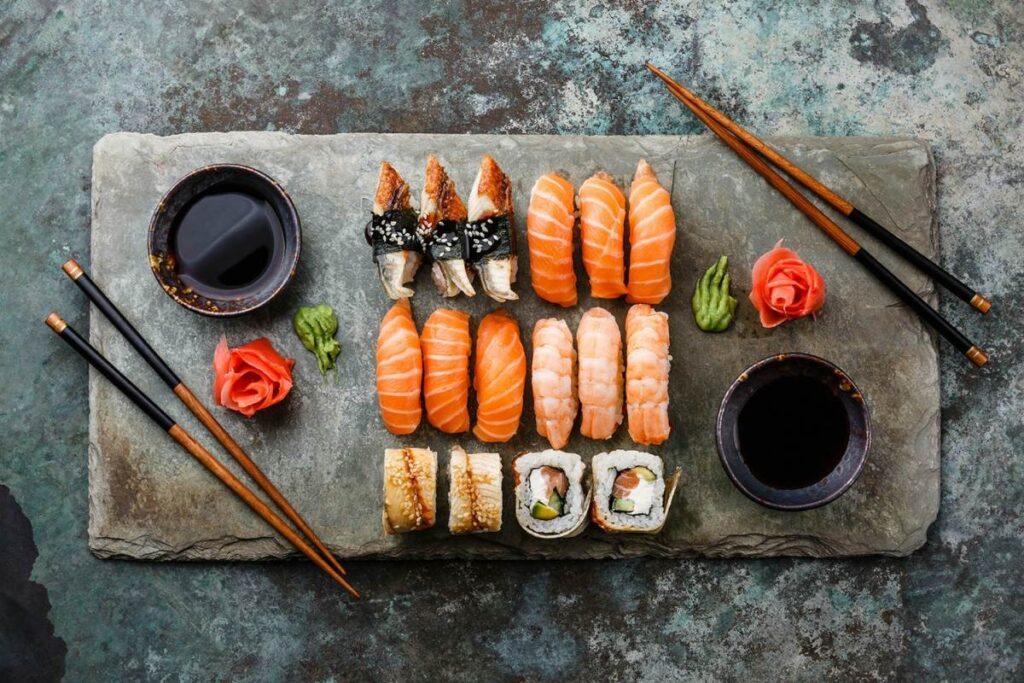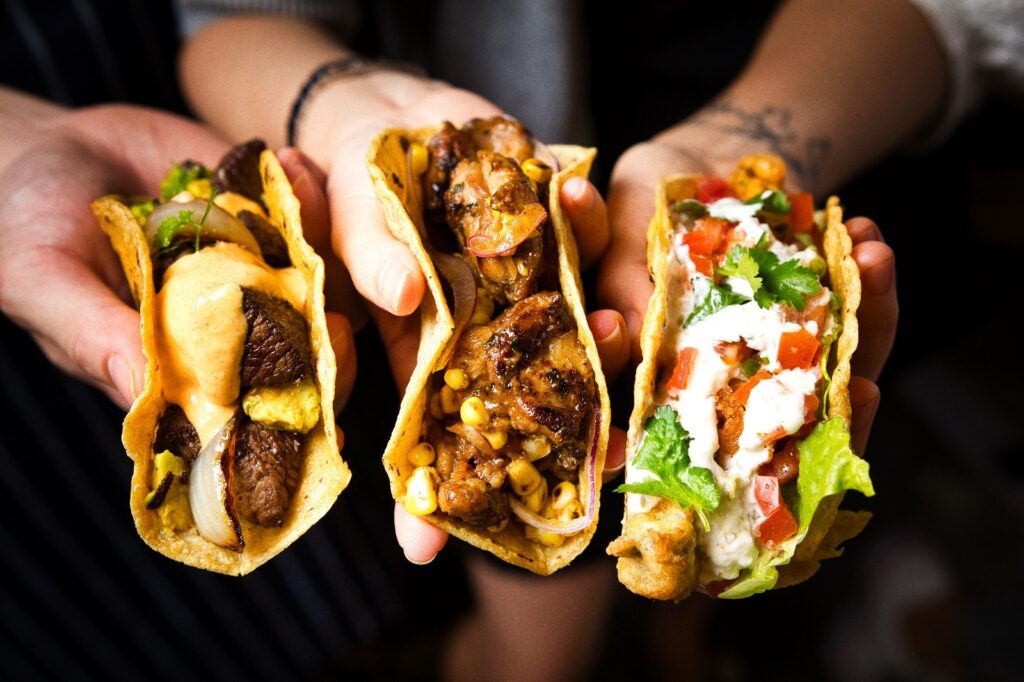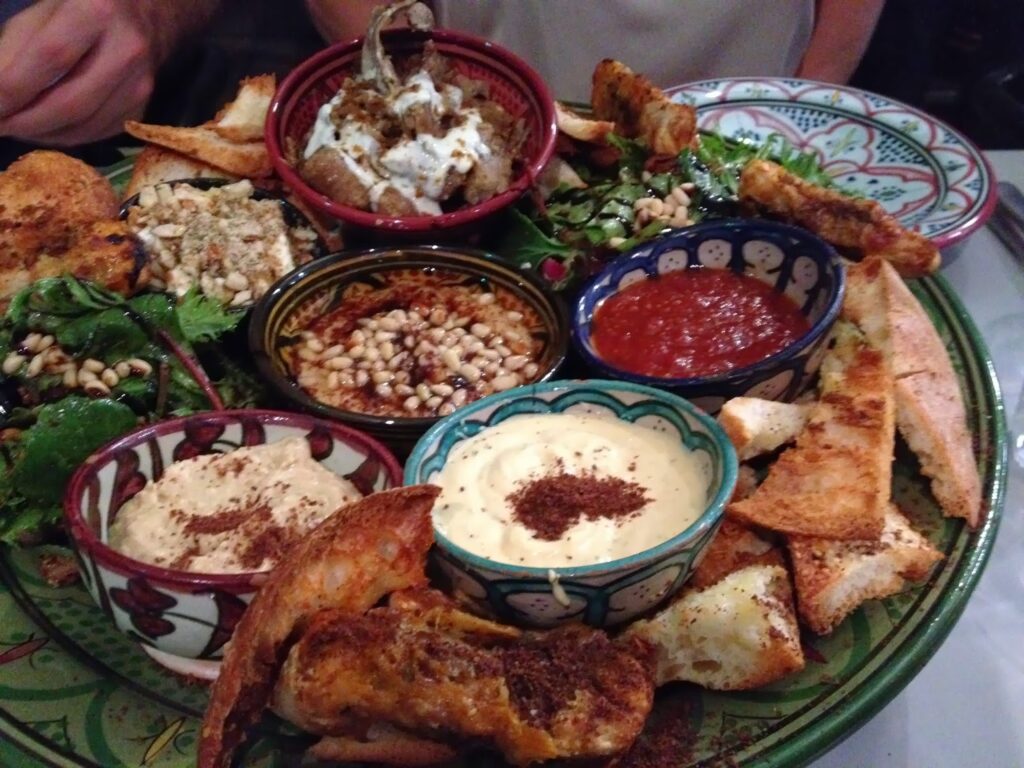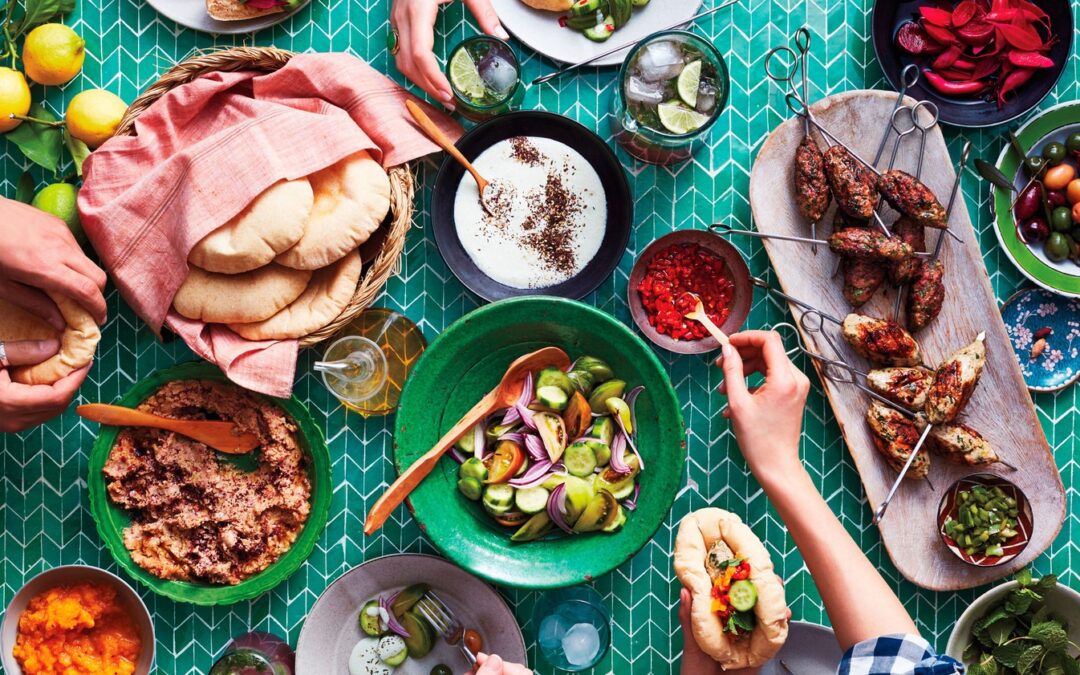In a world marked by an ever-expanding global tapestry, culinary exploration has become a captivating journey, transcending geographical boundaries and connecting people through the universal language of food. “Culinary Journeys: Exploring Global Flavors” is a celebration of the diverse and intricate flavors that define the rich gastronomic landscape of our planet. From the bustling street markets of Asia to the sun-kissed shores of the Mediterranean, this exploration delves into the heart of culinary traditions, unearthing the stories, techniques, and vibrant ingredients that contribute to the unique character of each region.
As our palates become more adventurous, the allure of global flavors beckons us to embark on a sensorial expedition. This exploration is not merely a search for new taste sensations but a cultural odyssey that invites us to appreciate the history, customs, and identities woven into the fabric of each dish. The rising interest in international cuisines reflects a growing curiosity and openness to embrace diverse culinary heritages. Through “Culinary Journeys,” we invite you to join us on this expedition, where every bite tells a story and every recipe serves as a portal to a different corner of the globe.
In a world where globalization often blurs the lines between cultures, the culinary realm stands as a vibrant testament to the richness of our global heritage. The interconnectedness of flavors allows us to transcend borders and experience the essence of distant lands without leaving our dining tables. This journey is not just a gastronomic escapade but a celebration of the shared human experience, where the love for food becomes a unifying force that bridges the gaps between diverse traditions.
Asian Influences

The exploration of diverse Asian cuisines unravels a fascinating array of flavors, techniques, and regional specialties. From the intricate balance of sweet, sour, salty, and umami in Thai cuisine to the nuanced spice profiles of Indian dishes, each corner of Asia offers a unique culinary experience. The journey extends from the bustling street food stalls of Tokyo to the refined palates of Cantonese cuisine, highlighting the vastness and depth of Asian gastronomy.
The impact of ingredients and techniques in Asian cooking extends far beyond the confines of the kitchen. It reflects a deep connection to nature and a profound understanding of the artistry involved in transforming raw materials into culinary masterpieces. The meticulous preparation of sushi in Japan, the wok mastery in Chinese cuisine, and the artful use of herbs and spices in Indian curries showcase the profound influence of traditional methods on the rich and varied flavors that define Asian cooking.
Within the realm of Asian cuisine, popular dishes carry more than just taste – they encapsulate cultural histories and traditions. Whether it’s the symbolic importance of rice in East Asian cultures or the communal experience of sharing a hot pot in Chinese dining, these dishes are woven into the fabric of Asian societies. From the celebratory nature of dim sum gatherings to the meditative rituals of tea ceremonies, Asian culinary practices are deeply rooted in cultural significance, turning each meal into a narrative that transcends mere sustenance.
Mediterranean Delights
The overview of Mediterranean cuisine reveals a mosaic of flavors and traditions that span the countries surrounding the Mediterranean Sea. With a focus on fresh, seasonal ingredients, this cuisine is celebrated for its simplicity, emphasizing the natural flavors of fruits, vegetables, olive oil, and an abundance of seafood. From the aromatic herbs of Provence to the bold spices of North Africa, Mediterranean cuisine is a harmonious blend of influences that create a distinctive and beloved gastronomic identity.
Key ingredients and cooking methods are the cornerstones of Mediterranean culinary excellence. Olive oil, often referred to as “liquid gold,” is a ubiquitous presence, used generously to enhance dishes with its fruity notes and rich texture. Grilling, roasting, and slow-cooking are prevalent cooking methods, imparting depth and character to dishes. Fresh herbs like oregano, thyme, and rosemary add a fragrant touch, while citrus fruits contribute a zesty brightness, creating a symphony of flavors that defines the Mediterranean palate.
Regional variations and unique flavors further enrich the Mediterranean culinary landscape. From the bold and spicy dishes of Southern Italy to the subtle and aromatic creations of Greece, each region adds its own flair to the overall tapestry of flavors. The smoky notes of Spanish paprika, the sweet and savory balance in Moroccan tagines, and the tangy kick of preserved lemons in Middle Eastern dishes showcase the diversity that makes Mediterranean cuisine a delightful exploration of tastes and aromas.
Latin American Fusion

The richness of Latin American culinary traditions is a testament to the cultural diversity that defines the region. From the vibrant street food markets of Mexico to the sophisticated flavors of Peruvian cuisine, Latin America offers a spectrum of tastes influenced by indigenous ingredients, colonial history, and regional specialties. The fusion of flavors from diverse communities creates a dynamic and evolving culinary landscape.
Latin American Fusion is characterized by the harmonious blending of indigenous and foreign influences. The culinary heritage shaped by Native American, African, European, and Asian contributions intertwines to create a unique flavor profile. The use of traditional ingredients like corn, beans, and chili peppers is complemented by techniques introduced during the colonial era, resulting in a culinary synthesis that is both deeply rooted and innovatively progressive.
Notable dishes and flavor combinations showcase the creativity and diversity of Latin American Fusion. From the spicy warmth of Mexican mole to the refreshing ceviche of coastal Peru, each dish tells a story of cultural exchange. The fusion of indigenous ingredients with European spices, African cooking techniques, and Asian flavors produces tantalizing combinations that tantalize the taste buds and celebrate the cultural mosaic that defines Latin American cuisine.
African Culinary Diversity

The diverse cuisines of Africa invite culinary enthusiasts to embark on a flavorful journey. From the aromatic stews of West Africa to the spice-infused dishes of the Maghreb, each region boasts a unique culinary identity shaped by local ingredients, climate, and cultural influences. Exploring African cuisine unveils a rich tapestry of flavors that extends far beyond common stereotypes.
Unique spices, herbs, and cooking styles contribute to the distinctive character of African culinary traditions. The use of bold spices like berbere in Ethiopian cuisine, the aromatic blend of spices in North African tagines, and the ingenious use of herbs in West African dishes exemplify the diverse palette that defines African cooking. Traditional cooking methods such as open-flame grilling, slow simmering, and communal cooking practices further add depth to the culinary tapestry of the continent.
Popular dishes and their stories highlight the significance of African cuisine in shaping cultural narratives. From the communal feasting associated with South African braais to the symbolic meaning behind dishes like Jollof rice in West Africa, each culinary creation carries a tale of heritage and community. Exploring the stories behind dishes such as Nigerian suya or Senegalese thieboudienne reveals the cultural richness and diversity embedded in African culinary traditions.
European Gastronomic Adventures

Sampling the flavors of Europe offers a culinary odyssey through a tapestry woven with the influences of history, geography, and cultural diversity. From the robust and hearty dishes of Eastern Europe to the refined elegance of French cuisine, European gastronomy reflects the continent’s kaleidoscopic array of tastes and traditions.
The influence of history and geography on European cuisine is palpable, with each region boasting its own culinary identity shaped by centuries of cultural exchange. The Mediterranean diet, celebrated for its emphasis on olive oil, fresh produce, and seafood, contrasts with the hearty and savory fare of Northern European countries. The spice-infused dishes of the Iberian Peninsula stand in contrast to the delicate pastries of Central Europe, creating a culinary mosaic that mirrors the continent’s rich heritage.
Noteworthy dishes and cultural nuances add depth to the European gastronomic experience. From the iconic Italian pasta dishes to the artful creations of Spanish tapas, each dish carries with it a sense of cultural pride and tradition. Exploring the conviviality of British pub culture, the time-honored rituals of afternoon tea, or the culinary finesse of Nordic cuisine provides a glimpse into the unique cultural nuances that contribute to the diverse and captivating flavors of European gastronomy.
Conclusion
In conclusion, the journey through “Culinary Journeys: Exploring Global Flavors” has been a sensorial expedition, unveiling the intricate and diverse landscapes of cuisines that span continents. From the vibrant street markets of Asia to the sun-kissed shores of the Mediterranean, and the rich traditions of Latin America, Africa, and Europe, each region contributes a unique chapter to the global culinary narrative. This exploration has transcended the mere appreciation of taste, extending into the realms of cultural understanding, history, and the shared human experience that is woven into the fabric of every dish.
As we reflect on the richness of Asian influences, the Mediterranean delights, the fusion of Latin American flavors, the diversity of African cuisines, and the gastronomic adventures across Europe, it becomes evident that food is a powerful force that connects us all. The ingredients, techniques, and stories behind each dish serve as a bridge, fostering appreciation for the traditions and cultures that shape our collective identity. Through this culinary journey, we have not only expanded our palates but also deepened our understanding of the world, realizing that every plate is a canvas painted with the history, geography, and spirit of a community.
In the tapestry of global flavors, we find a shared language that transcends borders, uniting us in a celebration of diversity and creativity. “Culinary Journeys” invites us to continue exploring, tasting, and appreciating the myriad flavors that our planet has to offer. In doing so, we honor the rich tapestry of cultures that have contributed to the global banquet, savoring the beauty of our interconnected world one bite at a time.

